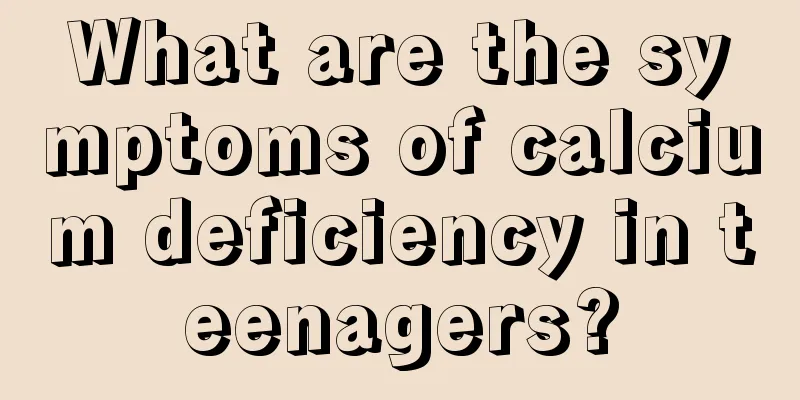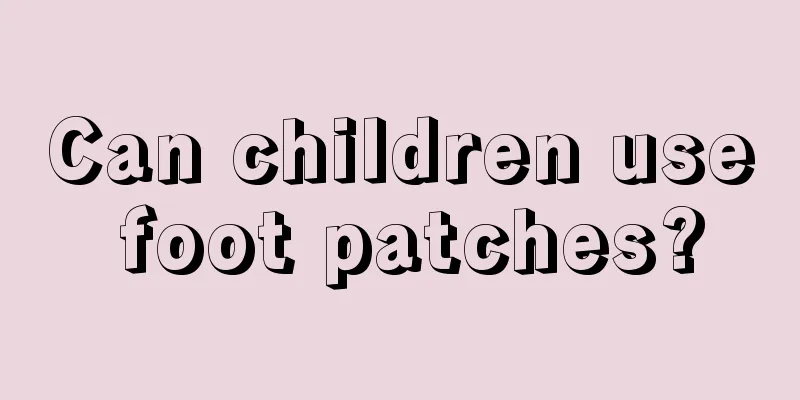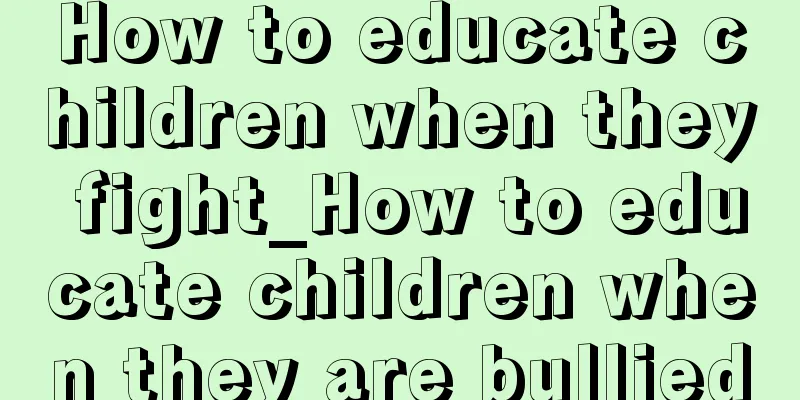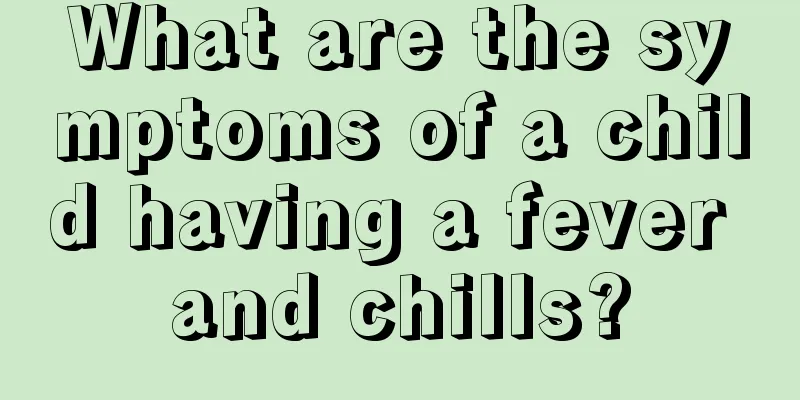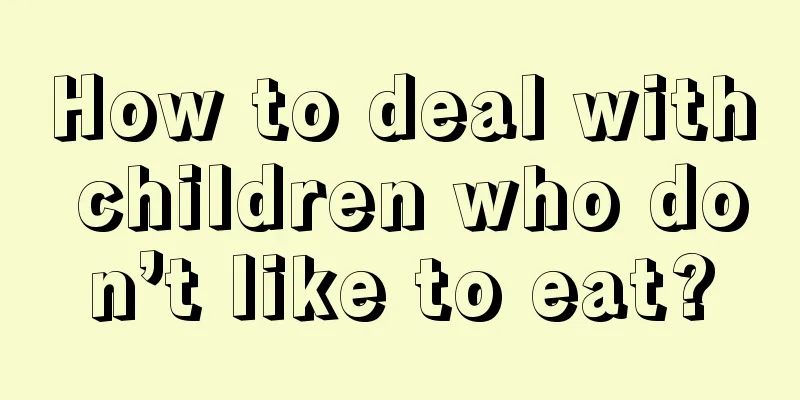Is encephalitis in children contagious? How to treat it?
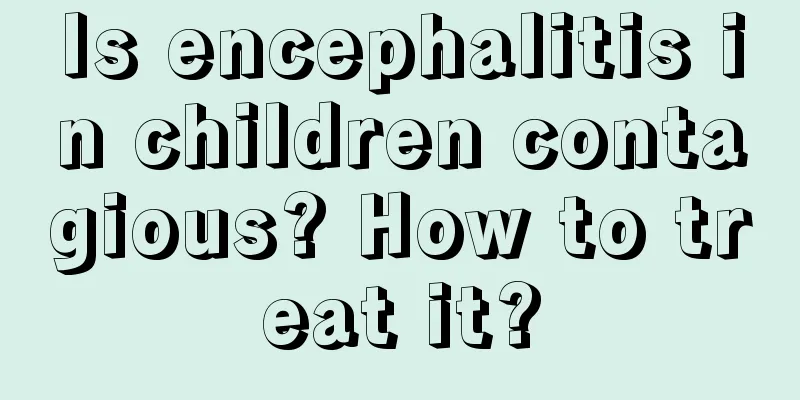
|
If children do not receive relevant vaccinations on time, they are prone to encephalitis. The onset of this disease is usually rapid and can be fatal to patients, so timely treatment is related to a child's life safety. So can childhood encephalitis be transmitted to other people around them? How to treat it? Let me explain it in detail. Encephalitis in children may be contagious. There are many types of encephalitis in children, including tuberculous, bacterial, and viral. Both tuberculous meningitis and epidemic meningitis are contagious. Bacterial meningitis is not contagious. Children with encephalitis should be hospitalized for treatment. After hospitalization, their mental status should be closely observed, and attention should be paid to changes in body temperature, pulse, respiration and blood pressure. The pupil size should be paid attention to at all times. Once any changes occur, symptomatic treatment should be given. Attention should also be paid to nutrition and calorie supplementation. Comatose patients can be given nasogastric feeding. Patients with frequent convulsions should receive intravenous fluid infusion with a daily fluid volume of 50-0 ml/kg. When using dehydrating agents, pay attention to supplementing potassium salts. Comatose patients should be turned over frequently, and their skin should be kept clean and dry to prevent bedsores. In case of high fever, the room temperature should be lowered (controlled at 26-28°C), and the patient should be cooled physically, such as alcohol bath, warm water bath or ice pack. Analgin can be used for nasal drops or intramuscular injection of Bupleurum. If the high fever persists or is accompanied by convulsions, sub-hibernation therapy can be used (using chlorpromazine and promethazine 0.5-1 mg/kg each time, intramuscularly once every 4-6 hours. The treatment of respiratory failure should first analyze the cause of respiratory failure and take rescue measures. The airway must be kept open and oxygen should be given. Dehydrating agents, adrenocortical hormones, respiratory stimulants, etc. can be used for respiratory failure due to brain parenchymal inflammation, cerebral edema, and cerebral hernia. In general, the infectiousness of pediatric encephalitis is uncertain. For safety reasons, it is best to isolate patients. In addition, the treatment of encephalitis requires a comprehensive and systematic approach, so patients and their families must actively cooperate with doctors, take medications on time, and provide good care in daily life to promote recovery from the disease. |
<<: What should a 6-year-old child eat when he has a fever?
>>: How many months does it take for a baby to straighten its legs?
Recommend
What are the developmental indicators of babies at 17 months?
For a long period after giving birth to a baby, p...
What should I do if my child’s eardrum is perforated?
What people usually call eardrum perforation is w...
What to do if children have long-term hoarseness
We also know that children's bodies are quite...
Clinical manifestations of hemorrhage disease of the newborn
The physical health of newborns is what the famil...
What to do if a child has a fever and convulsions
Fever and convulsions in children are a relativel...
What are the dangers of anemia in babies?
Nowadays, many teenagers suffer from anemia. We a...
Is it OK for children to eat two eggs a day?
Teenagers are in the stage of human development, ...
What causes frequent stomachache in 8-year-old children?
It is normal for children to have abdominal pain....
Why is the child's hair yellow?
I have always felt that Chinese people’s hair sho...
What to do if pharyngitis causes fever
Pharyngitis mainly affects the mucous membrane of...
How to treat spleen and stomach deficiency in a 6-year-old child?
Although people's quality of life is graduall...
How to improve children's vision
Children need to protect their eyes well when the...
What should I pay attention to when removing vernix caseosa from my baby’s labia?
Vernix caseosa refers to a type of fat that is pr...
What should I do if my 10-month-old baby has phlegm in his throat?
The baby's body resistance is very weak, espe...
How to determine if a baby has gastric reflux?
The physical health of infants is very fragile an...
